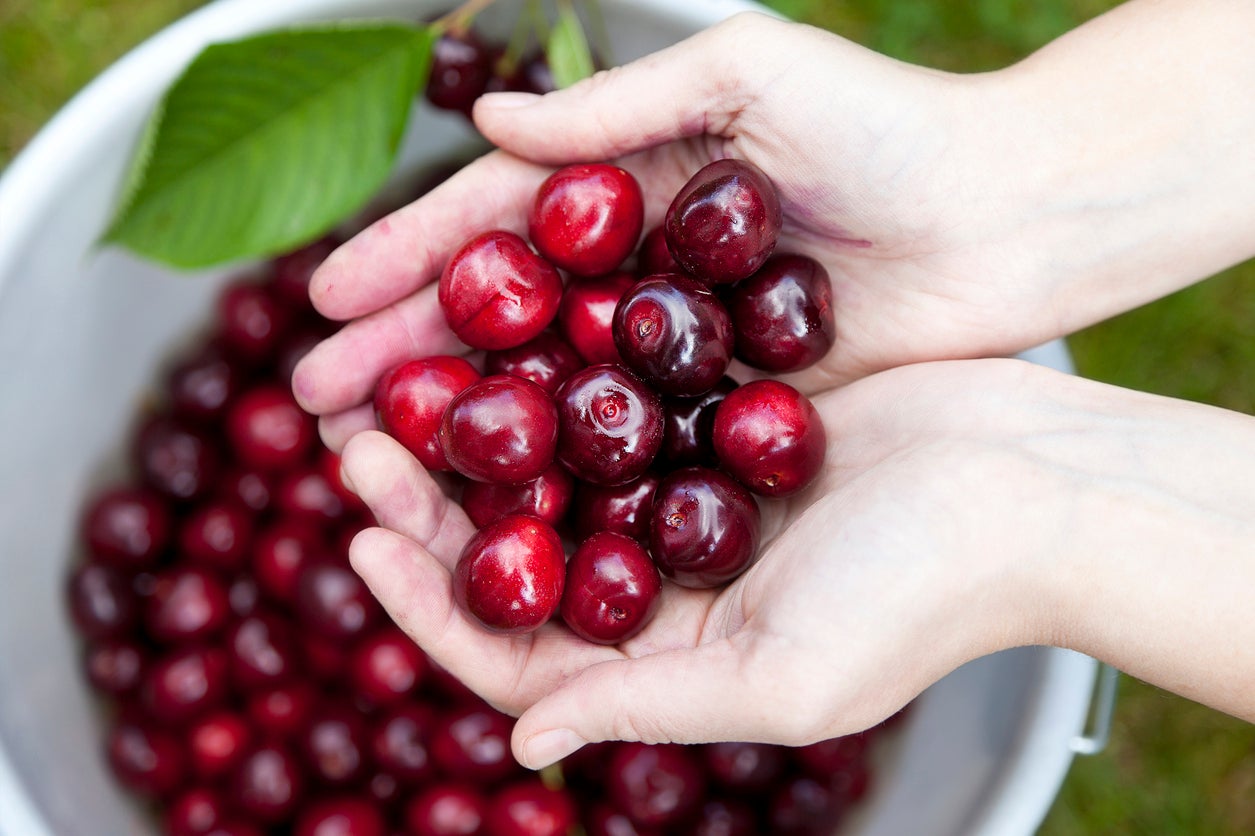Post Harvest Cherry Storage Tips – How To Handle Harvested Cherries


Proper harvesting and careful handling ensure that fresh cherries retain their delicious flavor and firm, juicy texture as long as possible. Are you wondering how to store cherries? Here are some tips on storing and handling cherries after harvest.
How to Handle Harvested Cherries
Once harvested, fresh cherries must be cooled as soon as possible to slow down the ripening process, as the quality will deteriorate quickly. Keep cherries in a shady spot until you can get them into the refrigerator or another cold storage.
Place the cherries in a sturdy plastic bag or container, but don’t wash them yet because the moisture will speed the decaying process. Wait and rinse the cherries with cold water when you’re ready to eat them.
Keep in mind that although the color may change, the quality of cherries doesn’t improve after harvest. Sweet cherries, such as Bing, stay fresh for about two to three weeks in the refrigerator, and sour cherries, such as Montmorency or Early Richmond, last about three to seven days. Both types may retain their quality for several months in commercial cold storage.
Discard cherries soon if they’re soft, mushy, bruised, split, or discolored. Get rid of them immediately if you notice mold where the stem was attached.
You can also freeze cherries, and they’ll last six to eight months. Pit the cherries or leave them whole, then spread them on a cookie sheet, in a single layer. Once the cherries are frozen, place them in a bag or container.
Ideal Temperatures for Post-Harvest Cherry Storage
Sweet cherries should be stored at 30 to 31 F. (approximately -1 C.). Storage for sour cherries should be slightly warmer, about 32 F. (0 C).
Gardening tips, videos, info and more delivered right to your inbox!
Sign up for the Gardening Know How newsletter today and receive a free copy of our e-book "How to Grow Delicious Tomatoes".
Relative humidity for both types of cherries should be between 90 and 95 percent; otherwise, the cherries are likely to dry out.

A Credentialed Garden Writer, Mary H. Dyer was with Gardening Know How in the very beginning, publishing articles as early as 2007.
-
 ‘Coral Charm’ Peony Care For Sublime Semi-Double Peonies With Lush Salmon Pink Flowers
‘Coral Charm’ Peony Care For Sublime Semi-Double Peonies With Lush Salmon Pink FlowersPeonies are known for their soft baby pink or magenta tones, but if plushy coral blooms are your thing, here’s our guide to the ultimate ‘Coral Charm’ peony care
By Tonya Barnett
-
 How To Grow Seeds Quickly: 8 Expert Tricks For Fast Flowers & Crops
How To Grow Seeds Quickly: 8 Expert Tricks For Fast Flowers & CropsIt's never too late to start growing! Jump-start your flower or vegetable garden with these pro tips and tricks for germinating seeds in record time.
By Amy Grant